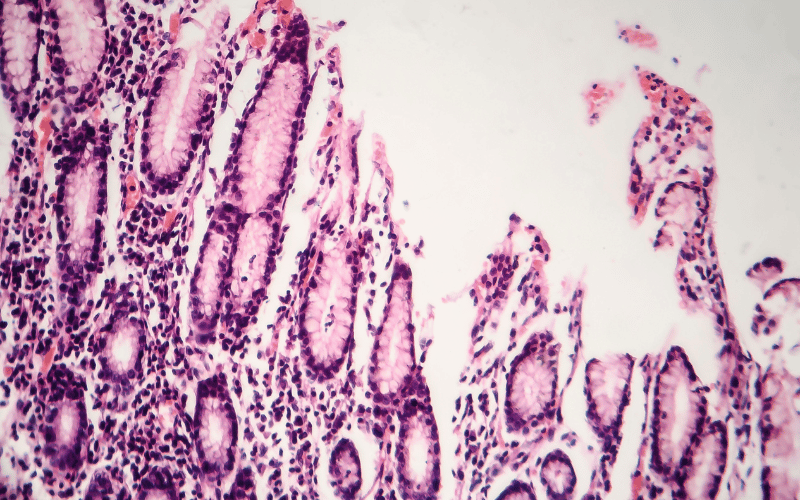Introduction

Atrophic gastritis is more than just a term that medical professionals toss around. It’s a genuine concern that impacts a significant portion of the global population. This condition, marked by the thinning and eventual loss of the stomach lining, is not merely a fleeting discomfort. It’s a persistent ailment that can leave its bearers grappling with a myriad of symptoms, searching for answers and relief.
The key to understanding any medical condition lies in recognizing its signs and manifestations. With atrophic gastritis, these signs can often be subtle, making it all the more crucial to be informed and vigilant. Before we delve deep into the symptoms, it’s essential to understand the gravity of this condition. The stomach, a pivotal organ in our digestive system, relies on its lining for various functions, including acid production. A compromised lining doesn’t just affect digestion; it disrupts the entire balance, impacting nutrient absorption and leaving the door open for potential infections.
With the increasing prevalence of this condition, there’s a dire need for awareness. While many ailments come with glaring signs, atrophic gastritis is somewhat of a silent intruder. However, its subtlety doesn’t diminish its severity. The symptoms, once identified and pieced together, paint a clear picture of the ongoing turmoil within. By understanding these symptoms, one doesn’t just arm oneself with knowledge but also gains the power to seek timely medical intervention.
Symptom 1: Digestive Discomfort

When one thinks of atrophic gastritis, digestive discomfort is typically at the forefront of associated symptoms. This isn’t a mere sporadic unease but a profound, continuous one. When the stomach lining inflames, it becomes a challenge for food to break down properly. This leads to that lingering sensation of fullness or heaviness even when one hasn’t consumed a large meal.
In some individuals, this discomfort can be so severe that they liken it to a constant cramp or stitch in their side. The stomach, being an integral part of the digestive system, plays a pivotal role in breaking down food and absorbing nutrients. A compromised lining throws a wrench into this machinery.
The repercussions are more than just physical. This discomfort can lead to a decreased interest in food and even social activities involving meals. A romantic dinner or a brunch with friends becomes a task rather than an enjoyment.
Furthermore, the persistent pain and discomfort can have a psychological impact, leading to mood swings, anxiety, and in extreme cases, depression. This isn’t about mere digestive unease; it’s an encompassing symptom that affects various facets of one’s life.
In the journey of understanding and managing atrophic gastritis, recognizing the depth of digestive discomfort is paramount. It’s a clarion call for attention and care, one that shouldn’t be brushed aside. (1)